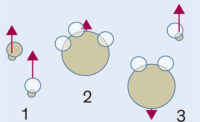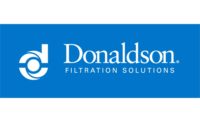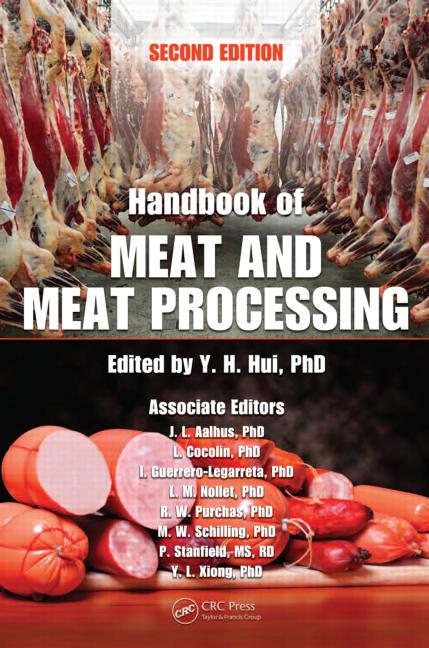Researchers developing the Georgia Tech Research Institute’s (GTRI) Dynamic Filtration System have successfully increased the device’s processing capacity by enlarging its filter area.
Recent tests show a high-rate filtration yielding both water recycling and value-added material recovery down to 50 microns. As a result, increased food safety with decreased intervention chemistries can be achieved.
Over the last year, researchers examined a variety of cartridge filter types and spiral wound membrane products. They determined that a critical aspect of selecting the separation surface (e.g., sieve, filter, or membrane) is balancing how to consistently change the pressure across the entire membrane. The team refers to their method for achieving this as a dynamic pressure gradient.
“Moving to a larger filter area outside of a flat plate setup is a significant achievement for us,” says John Pierson, GTRI principal research engineer and project director. “Moving from a flat plate filter or membrane setup to a cylinder also keeps the overall footprint smaller.”
The team also examined layering different separation surfaces to achieve a depth of filters. Here, larger particles are removed at the filter surface. Finer particles pass and are separated at the appropriate pore-size opening. Because of the dynamic pressure gradient, a range of particle sizes are concentrated in the filter chamber and can be removed based on time or process feedback.
“We have had success with operating the system with two to three deep flat filters and membranes. Our most recent work shows that when the system is operated as a dead-end filter versus a dynamic filter system, ripening or the deposition of particles occurs in that fines gather on the separation surface,” says Pierson.
However, while ripening does initially improve separations of smaller particle sizes, the flux rate or filter throughput quickly falls. When operated as a dynamic filter, notes Pierson, the system efficiently removes particle sizes equal to or greater than the separation surface pore openings. While finer materials pass, the average flux rates remain significantly higher for extended periods. Backwashing occurs once the flux rate drops or the pressure across the separation surface increases to a predetermined level.
“We record the pressure across the filter. We also record weight of water processed and backwashed using load cells. The transmembrane pressure is related to the flux or water processed through the membrane resistance,” explains Pierson.
Researchers are working to correlate this data given the fluctuating pressure resulting from the dynamic filtration process. That relationship will provide a means of automating the backwash cycle. If multiple units are operating across the length of a chiller, these can be coordinated to provide effective cleaning throughout its length as the processing day evolves.
Researchers have conducted a preliminary assessment of layered flat plate membranes combining 30-micron (0.0012-inch) and 100-micron (0.0039-inch) openings, which yielded 36% and 46% open areas on the respective membranes. With an effective membrane area of 5.36-square inches, about 1.4 gallons per minute of chiller water (1000 mg/L of TSS, total suspended solids) was processed.
The overall TSS removal efficiency was 83%, and the overall throughput efficiency or filtrate accounting for any water used in backwashing ranged from 70% to 81%.
Currently, the team is finalizing the design of a pilot-scale system for on-site testing at a poultry processing facility.
The on-site testing will probably begin by capturing a side stream of a chiller or other process where the overflow water is otherwise discharged to wastewater, notes Pierson. This will help ensure there are no food safety concerns. Researchers will also characterize the filtrate or filtered water and determine the amount of solids captured.
“We are excited about the progress we have made. I really believe that we can also use the operational data to demonstrate the daily progress made towards environmental sustainability during poultry processing,” says Pierson. Moving forward, the team will continue to explore finer pore openings to capture smaller particles that affect water recovery and food safety chemical usage. NP
Reprinted from PoultryTech, a publication of the Agricultural Technology Research Program of the Georgia Tech Research Institute, a program conducted in cooperation with the Georgia Poultry Federation with funding from the Georgia Legislature. For more information and insights, visit http://atrp.gatech.edu.







Report Abusive Comment